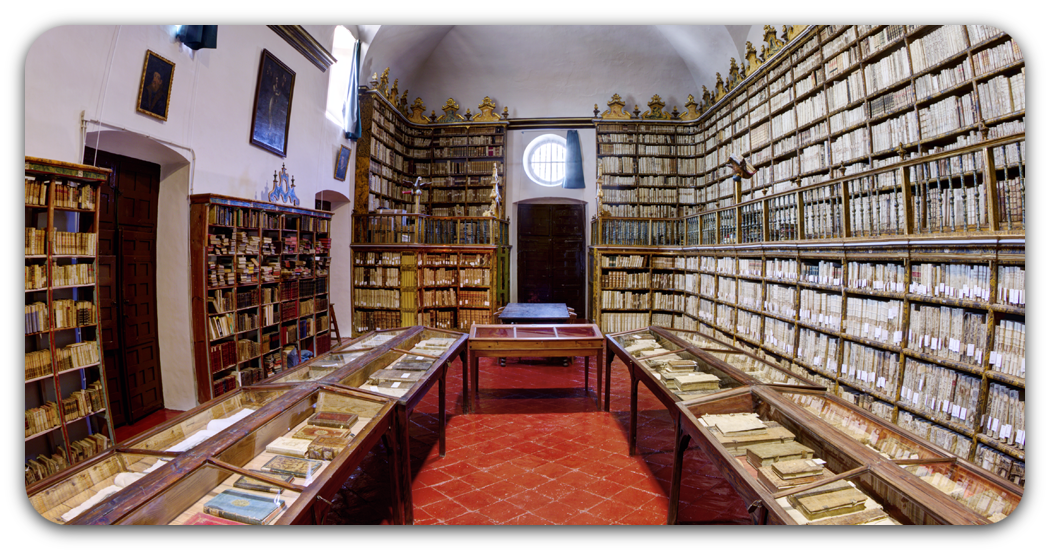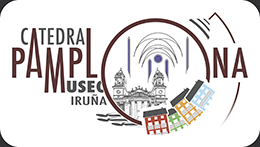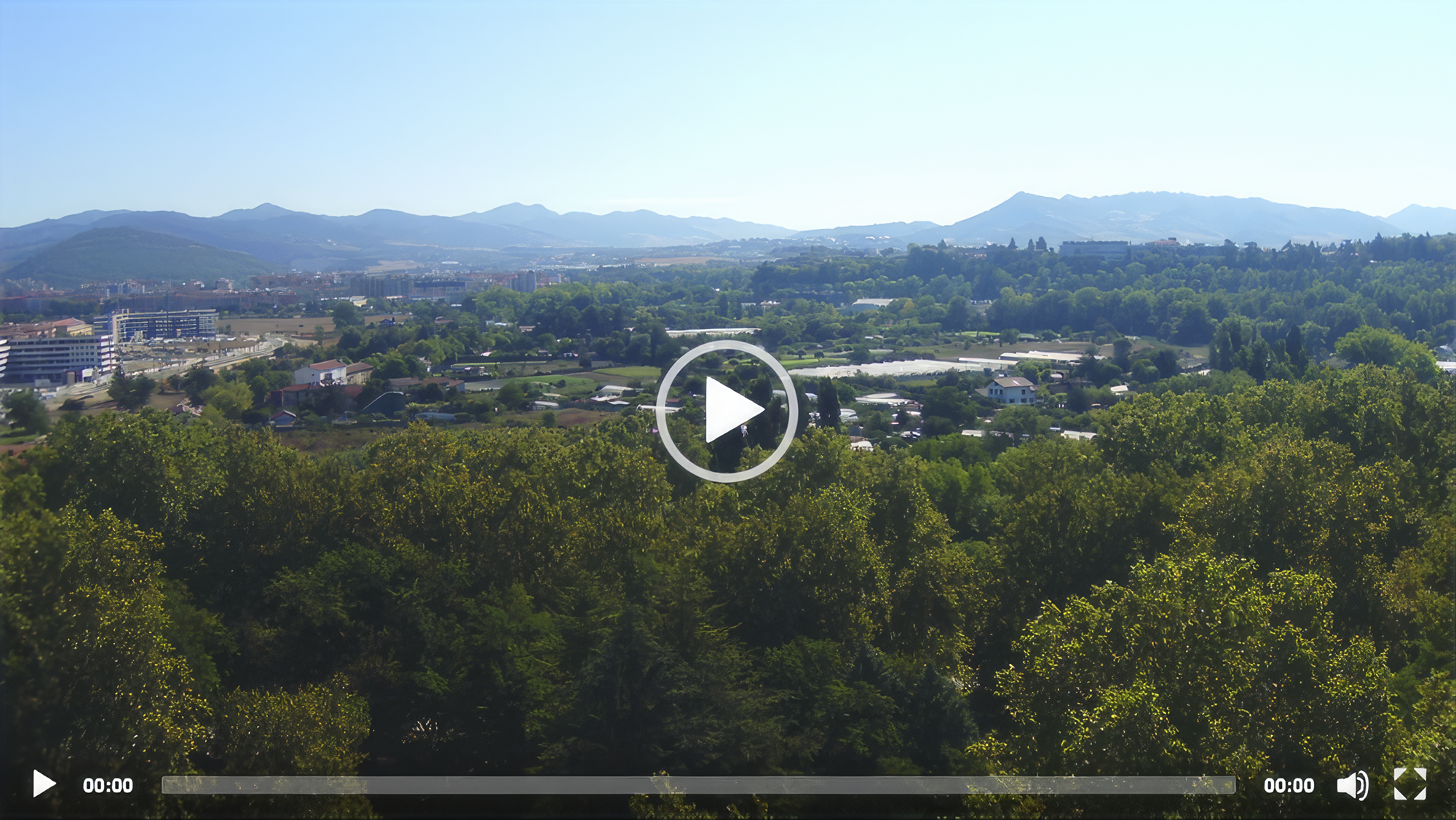Dictionary

CATHEDRAL: Why is it called ‘Cathedral’? Because it is the church where the bishop has his seat (Latin word: cathedra; literally, ‘chair’ as in the academic sense). It is the first cathedral on the Pilgrims Way to Santiago de Compostela. The ground plan is Latin cross, with a central nave and two aisles with chapels and an apse.
ATRIUM: a (usually) covered area with columns to access the building. The steps at the entrance are a sign of praise to God.
CAMPANA MARÍA (‘MARIA’ BELL): Pamplona Cathedral has the biggest bell still in use in Spain. It weighs 12 tonnes and was cast in 1584.
BAPTISTERY: A place reserved for the veined marble baptismal font (19th century), located next to the Gospel and close to the chapel of St John the Baptist.
GRILLE IN FRONT OF THE MAIN ALTAR: Dated in 1517, and made by Guillermo Ervenat. It is possibly the most elaborate one of its type in Spain.
PRESBYTERY: The space that surrounds the main altar, reserved for officiating priests in masses and other ceremonies. It contains a 12th-century carved image of Santa María del Sagrario, also known as Santa María la Real or Santa María de Pamplona.
STALLS: Seats reserved for the canons, made of walnut, cherry and box wood. Year: 1540.
STAINED GLASS WINDOWS: Created to close windows, their purpose is to give colour to the inside of the church to try and make it resemble the Kingdom of Heaven.
ORGAN: Situated to the left of the main altar, it was reconstructed in 1946. It has nearly 2,700 tubes, of which 1,500 were installed by the former Roques (1882); then around 550 of German origin by OESA (1946), and the rest –over 660– from the German company Laukhuff.
APSE: An ambulatory (corridor) located at the rear of the presbytery. It has its origins in large-scale mediaeval pilgrimages.
ALTAR PIECES: Artistic graphics that are used to explain passages from the Bible or the lives of the Saints. Organization: flats horizontally and streets vertically.
CLOISTER: A gallery with decorated arches that provides access to the different parts of the cathedral.
LARDER: The first part of the cathedral, built for the communal life of the canons in the 11th century.
REFECTORY: The dining room of the canons. It was also used for sessions of the old Parliament of Navarre. It was also used as a chapel –dedicated to St Francis Xavier– and is now a multi-purpose room.
KITCHEN: A space next to the dining room where food was prepared for canons, pilgrims and paupers. Its 27-metre height is greater than that of the central nave of the cathedral.
BURIALS: MAUSOLEUM: King Carlos III of Navarre and his wife Leonor de Trastámara are buried in the central nave. TOMBS: Sancho Sánchiz de Oteiza in the cathedral, Garro husband and wife, Miguel Sánchez de Asiain and Espoz y Mina in the cloister, and Bishop Arnaldo de Barbazán in a chapel dedicated to him. TOMBS IN THE CLOISTER: the slabs around the cloister cover 328 tombs, now used as columbariums to hold cremated ashes.



